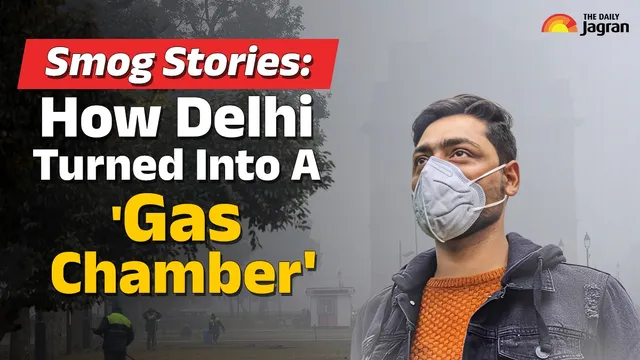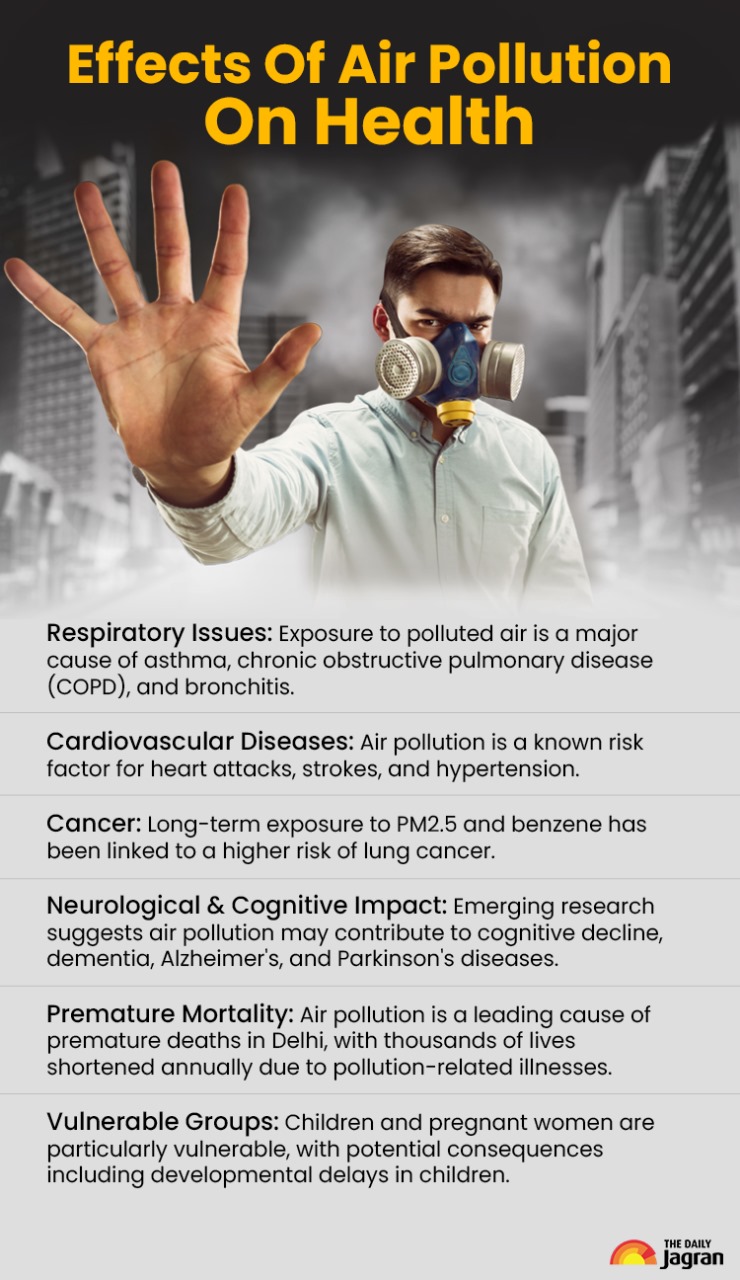- By Raju Kumar
- Fri, 03 Oct 2025 04:22 PM (IST)
- Source:JND
Smog Stories: As the festive season begins in Delhi-NCR, bringing with it a sense of joy and optimism, a more unwelcome guest also arrives: the annual smog. For residents, the dip in air quality from the second half of September has become an unfortunate ritual, signalling the start of the "pollution season". Every winter, the capital is likened to a "gas chamber", a term the Supreme Court used in 2019 to describe the hazardous air quality. The clean, post-monsoon air rapidly deteriorates and the crisis often peaks between October and December. While pollution has been a long-standing issue, the decade after 2010 marked a dangerous escalation.
As of early October 2025, the list of the world's most polluted cities on the global Air Quality Index (AQI) was dominated by the region:
1. New Delhi
2. Greater Noida
3. Noida
4. Ghaziabad
5. Faridabad
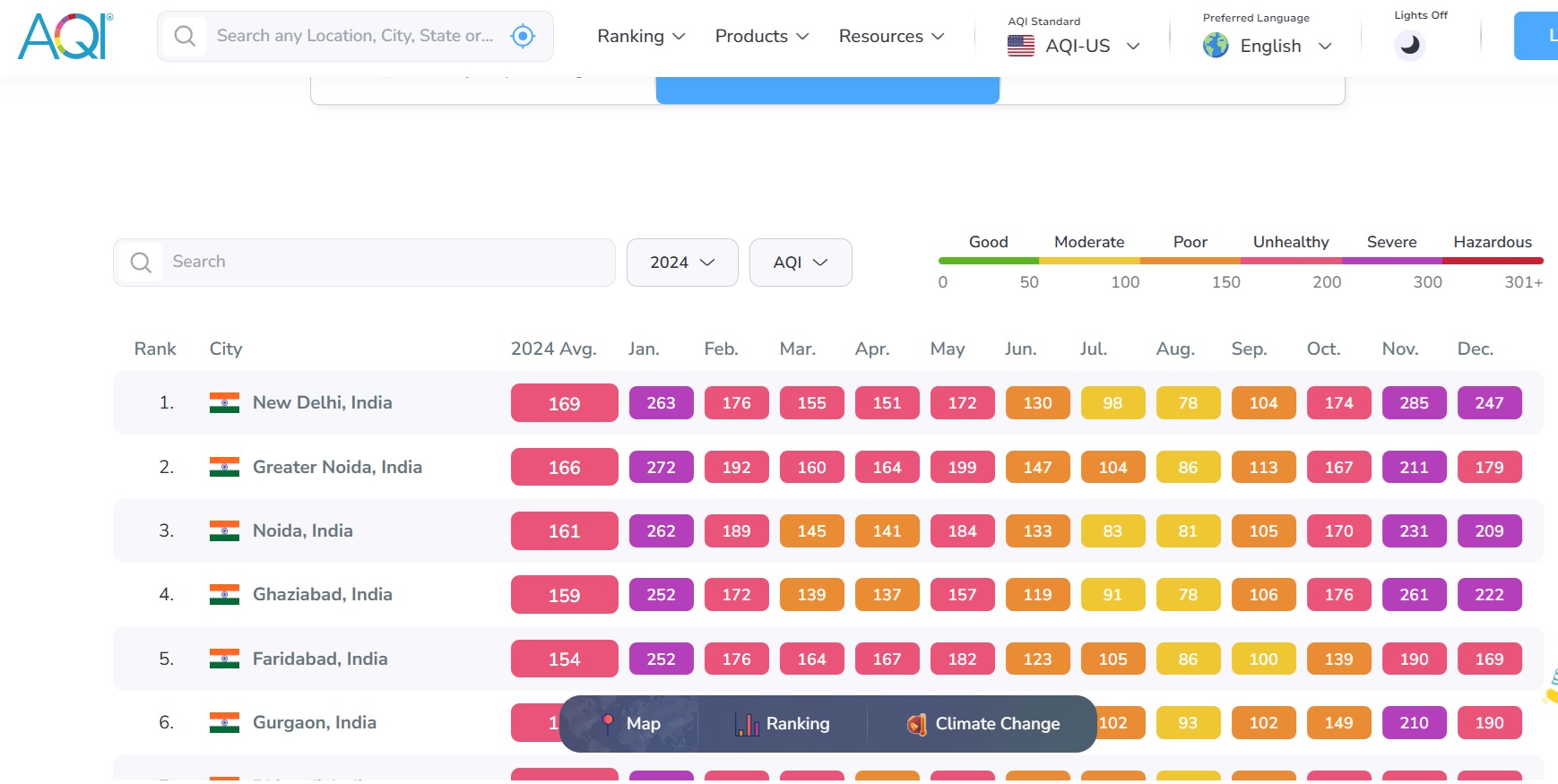
But was Delhi always this polluted? The answer is no. A few decades ago, the NCR was known for its greenery, nourished by the Aravalli hills. However, the current pollution crisis has grown in tandem with unchecked development that has systematically ignored the environment.
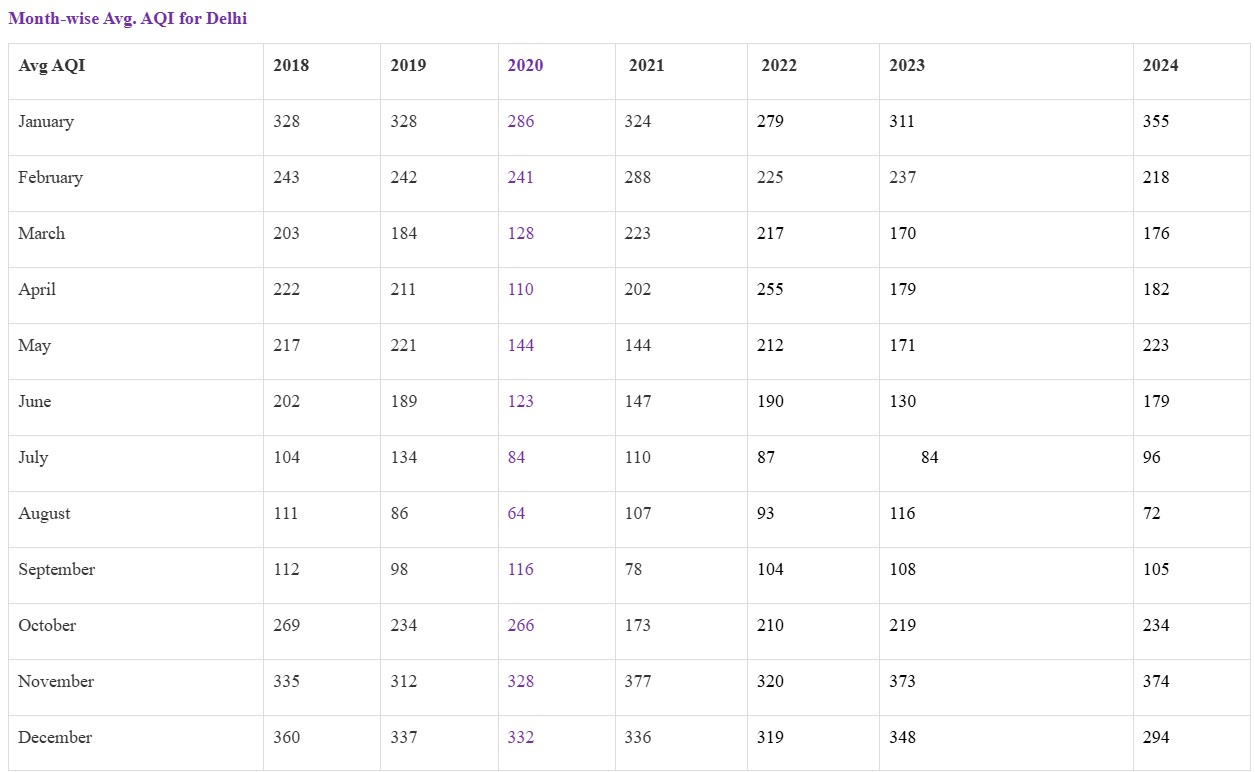
ALSO READ: Smog Stories: Delhi Braces For ‘Pollution Season’ As Rising AQI Signals Onset Of Hazy Days
A Timeline of Decline
Air pollution in Delhi didn't happen overnight. It worsened over several distinct phases.
- 1980s–90s: Industrialisation and a growing population drove up pollution. By the 1990s, vehicle exhaust, power plant emissions, and factory smoke were the main culprits.
- 1995: Following Supreme Court orders, Delhi’s public transport switched to CNG, offering some relief.
- 2000s: Vehicle numbers surged with rising incomes. Road dust, industrial emissions, and flyover construction worsened the air.
- 2006: Massive construction for the Commonwealth Games further fueled dust and smog. Winters became particularly hazardous.
- 2010–2020: The "Great Smog of Delhi" in November 2016 pushed AQI to a record 497. The crisis became a national and global concern.
- 2017–2019: Each winter, air quality slipped to "severe" due to stubble burning, vehicle emissions, industrial activity, and large-scale construction.
- 2020: The Covid-19 lockdown briefly gave Delhi its cleanest air in decades.
- 2021–22: Pollution levels rebounded due to Diwali fireworks, stubble burning, and unfavourable weather conditions.
- 2023–24: November 2024 was the most polluted month in eight years, with AQI consistently in the "severe" zone.
ALSO READ: Smog Stories: What Is AQI And How Is It Calculated By Monitoring Major Pollutants In Air? Explained
What's Fuelling the Crisis?
The causes of Delhi's toxic air are complex and interconnected.
1. Vehicle exhaust: Vehicle movement is a major source of fine particulate matter (PM2.5) and nitrogen oxides (NOx), which are harmful air pollutants. There are approximately 1.2 to 1.5 crore vehicles registered, as reported in 2023 and 2024.
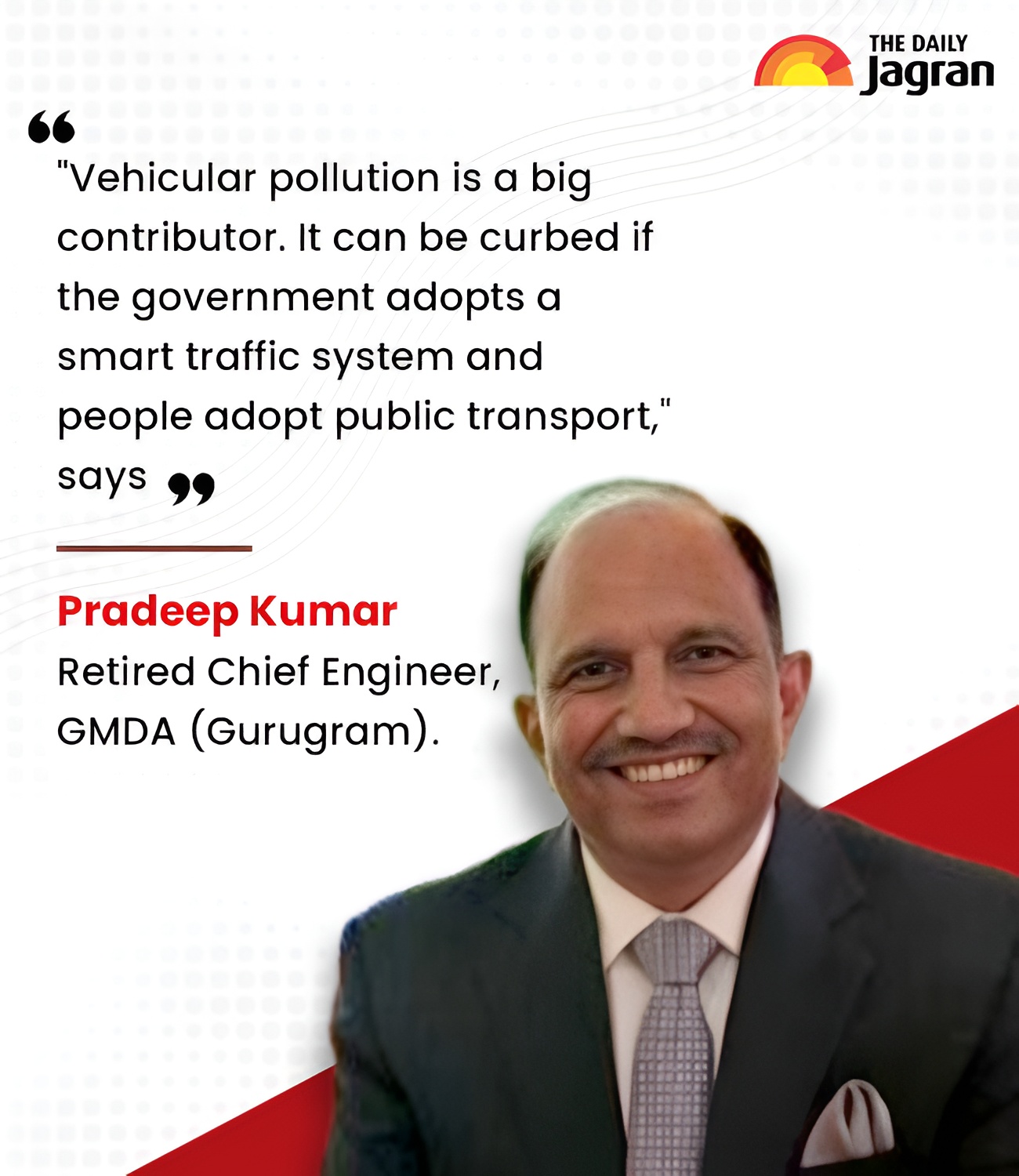
2. Stubble burning: While Delhi has little agricultural land, farmers in neighbouring states like Punjab and Haryana burn crop residue post-harvest. Prevailing winds carry this smoke to Delhi, where specific weather patterns trap the pollutants, creating a thick layer of smog.
3. Construction: The rapid urban expansion, non-stop construction, mining activities, and dust from roads contribute significantly to particulate matter in the air.
4. Garbage and industrial emissions: Delhi and its industrial neighbours like Ghaziabad and Faridabad are home to numerous factories that release harmful pollutants. The burning of waste in landfills is another major contributor.
5. Weather conditions: Meteorological factors play a crucial role. In winter, low wind speeds, high humidity, and temperature inversion create a lid over the city, preventing pollutants from dispersing and leading to their accumulation near the ground.
Delhi-NCR’s journey from a green capital to a smog-choked metropolis is a stark reminder of the costs of unchecked development. Unless strong and sustained corrective action is taken, Delhi's "pollution season" risks becoming a permanent reality.
(This article is part of the series 'Smog Stories'. To read more articles in the series, click here)

